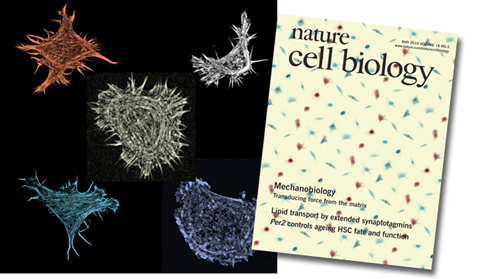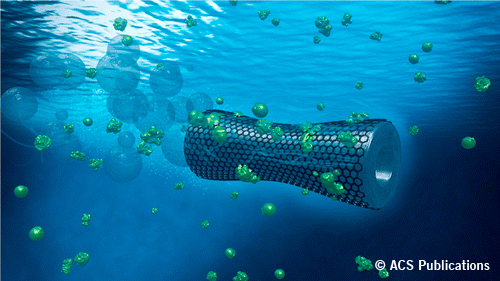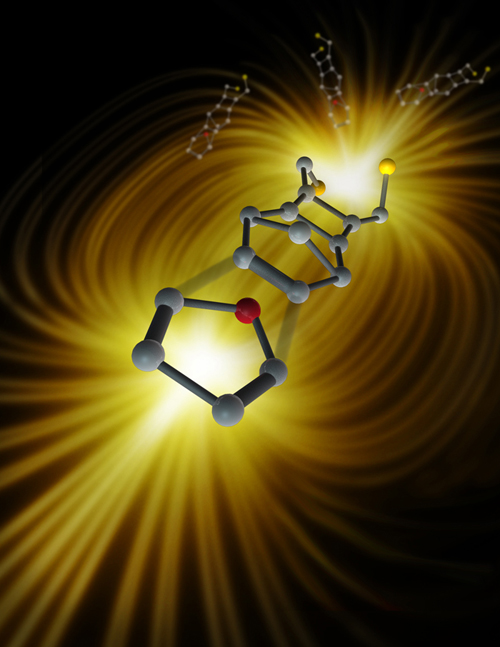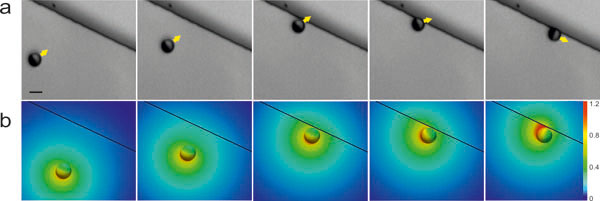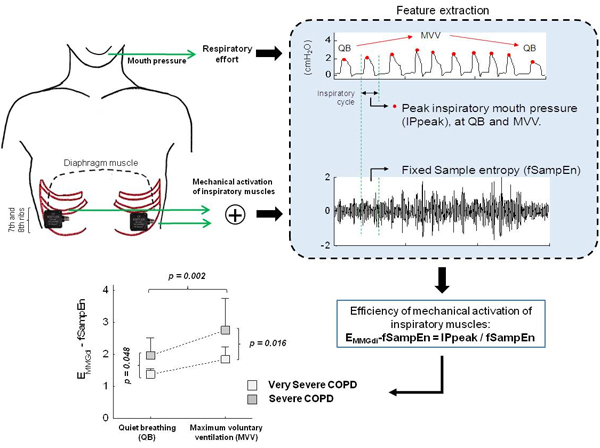Looking to the ocean for malaria solutions
 Researchers have found heparin-like molecules with reduced blood-thinning activity that can be used for therapeutic approaches against malaria – in sea cucumbers, red algae and marine sponges.
Researchers have found heparin-like molecules with reduced blood-thinning activity that can be used for therapeutic approaches against malaria – in sea cucumbers, red algae and marine sponges.
Until now, heparin – which has been shown to have antimalarial activity and specific binding affinity for red blood cells infected with the Plasmodium malaria parasite – has not been explored for anti-malarial drug solutions due to its powerful anticoagulating activity. While heparin is able to block the cell adhesion of infected red blood cells to various host receptors and disrupt the growth of the pathogen, its downfall is that the quantities needed for malaria treatment would result in too much blood-thinning and bleeding. There’s also the potential risk of infection, since polysaccharides such as heparin tend to be obtained from mammals.




